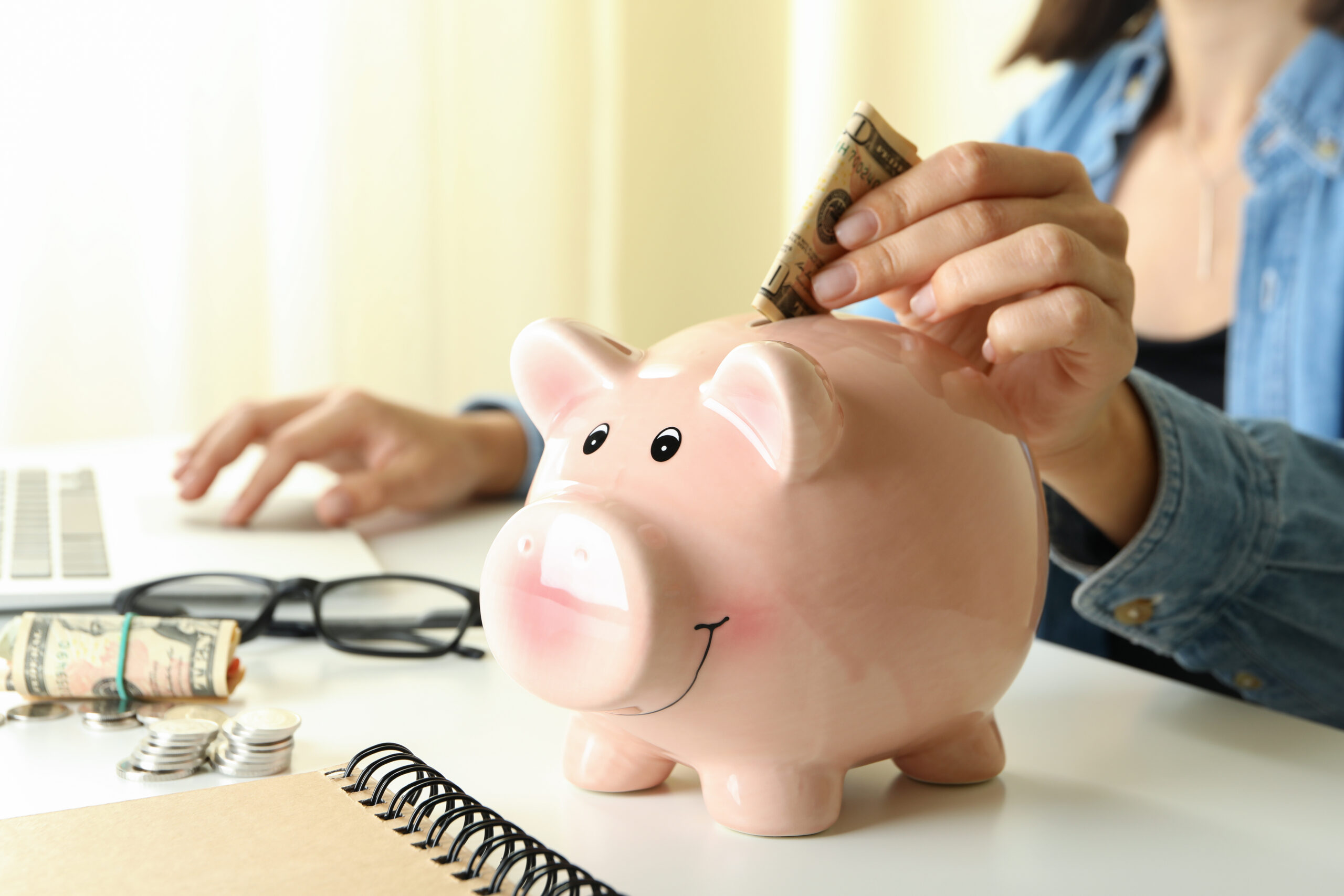The worst time to wish you had an emergency fund is when you have an emergency. You want to prepare for any emergency ahead of time, so you’ll have the peace of mind knowing you can go through anything tough that may be coming your way. Whether it’s your car breaking down out of nowhere, unexpectedly losing your job, or a hurricane raging through your town—anything can happen. And the best thing you can do to prepare yourself for those unfortunate, unexpected situations is to set up an emergency fund.
Any of the situations listed above, as well as all other emergencies that spring to mind right now, can cost you a lot of money. The last thing you want is that you have to go into massive debt to fix these problems, which may haunt you for years down the road.
Many people struggle with setting up an emergency fund. They know it’s important, but setting it up properly can be overwhelming. How much money is appropriate for an emergency fund? How can you make putting money in your emergency pot as simple as possible? And what if your lifestyle or budget changes? These are all fair questions, and in this article we want to answer all of those. In this post, we want to tell you everything you need to know to start building an emergency fund today.
By now you know that building an emergency fund is important. One of the toughest times in your life will be if you lose your job or you decide to quit your job. Don’t compound those tough times by going into debt to afford your lifestyle. How? You guessed it. Build an emergency fund. Let’s dive into the steps you need to take to build one for yourself!
1. Figure Out Your Total Monthly Expenses
First of all, you want to know exactly what your monthly expenses are. We can build from that. Build out a budget that includes a section for income, fixed expenses, variable expenses, and discretionary income (what’s left over after your expenses). When you know precisely what’s coming in and going out each month, you can start calculating how much money you need in your emergency fund to be able to comfortably face any emergency that may be coming your way.
2. Calculate Your Emergency Fund Amount
When you have full clarity on your budget, sum up all your expenses and multiply that amount by three or six months. Three months if you have two or more reliable streams of income in your household, or six months if you have one reliable stream of income. That’s how much money you want to have in your emergency fund at minimum.
Why the difference? Imagine if you lost your job and that was your only stream of income. You would lose all your income, and you need a bit more leeway to get a hold of another income source than if you already have something to fall back on. If you are fortunate enough to have multiple streams of income, you can fall back on the income from those until you secure yourself another job.
Having an emergency fund that can support you for three to six months can give you time to apply and interview for a job that meets your standards. Because you calculated the amount you need in your emergency fund with your current expenses, you don’t need to adjust your lifestyle immediately after something unfortunate happens. You can stay in your home, drive the same car and shop at the same stores. When you lose your job the last thing you want to worry about is having to adjust your lifestyle, and that’s why an emergency fund is so important.
3. Open Up A High Yield Savings Account
After you know how much money you need in your emergency fund, start saving to meet that amount and put it into a High Yield Saving Account (HYSA). Why a HYSA? A High Yield Savings Account is kind of like a bank account on steroids. Traditional bank accounts have an annual interest rate (APR) of .43%. Compare that to a HYSA, which typically provides 15-20x the national rate.
In terms of where you can open up an account, I’m a big fan of Ally Bank. I consider them to be the OGs in the HYSA space and current rates (APR) are +4%. Putting the money you save for an emergency into a HYSA at Ally Bank allows your money to work for you while you’re just living life. Apart from being prepared for anything unfortunate that may come your way, your emergency fund is actually working for you while you’re asleep. A win-win if you ask me!
4. Fund The HYSA
Knowing what amount to save and where to put it is one thing, but actually setting aside the money is another. You want to make it as simple as possible so you have the least chance of missing a weekly or monthly payment. Luckily, that’s actually pretty easy to set up. One of the best and simplest ways to fund your HYSA is through automatic transfers from your bank.
How much? Well, that depends on how much you need in your emergency fund. For example, if you need $9,000 in your emergency fund, that would be $173 a week for one year. If that’s too much for right now, start small. Even $20 a week is better than $0. My advice would be to set a realistic goal. Such a goal may be to fill up your emergency fund within one to two years (the sooner the better, of course). Then work back to how much you need to deposit into your emergency fund every week or month.
Wrapping Up
In times of unexpected crisis, having an emergency fund can be your greatest ally. As this blog has outlined, the importance of being prepared cannot be overstated. Whether faced with job loss or other unforeseen challenges, having a financial safety net can make all the difference in maintaining your stability and peace of mind.
Start by carefully assessing your expenses and crafting a well-structured budget. From that, calculate the appropriate emergency fund amount. After you know how much you need in your emergency fund you want to set a realistic goal for when you want your emergency fund to be filled up. From there, work backwards to figure out how much you need to contribute toward your emergency fund each week or month. And don’t forget to set up automatic contributions to your HYSA, so it’s almost a given that your emergency fund will be filled up within the time you allot for it!
If you have your emergency fund filled up, you’ll have the peace of mind knowing that you can face any unfortunate circumstance that may happen to you. The last thing you want is that you have to go into massive debt because you lose your job. Start today, even if you do not have that much money to save each month. Remember, $20 a week is infinite times better than $0. Being prepared for anything is the best thing you can do right now.
About the Author:

Marc Russell is a top financial educator and coach. After college, he climbed the ranks at top financial institutions including The Vanguard Group. Over his career, Marc earned his stockbroker and financial advisor licenses before he became a full-time business owner.
Despite his career success, Marc struggled with debt until he used his own financial tips to pay off $80,000. His business, BetterWallet, teaches new investors how to manage their money strategically. Marc’s work has been featured in numerous publications, including Time Magazine, CNBC, Harvard Business Review, Bankrate and USA TODAY.
The content provided is intended for informational purposes only. Estimates or statements contained within may be based on prior results or from third parties. The views expressed in these materials are those of the author and may not reflect the view of National Debt Relief. We make no guarantees that the information contained on this site will be accurate or applicable and results may vary depending on individual situations. Contact a financial and/or tax professional regarding your specific financial and tax situation. Please visit our terms of service for full terms governing the use this site.


